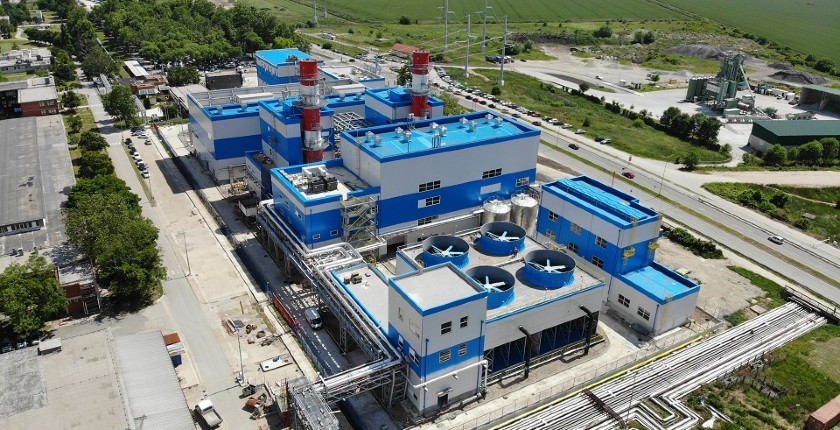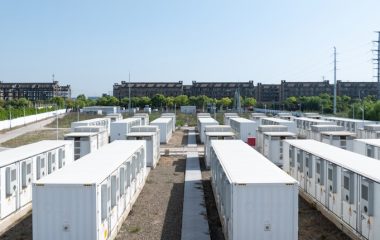
Photo: NIS
With the start of electricity production at the cogeneration power plant TE-TO Pančevo, Serbia added a significant production capacity, 189 megawatts (MW), which could greatly contribute to overcoming the energy crisis, especially during the winter. But only if Serbia has enough natural gas, because it is what the power plant uses as fuel.
The combined-cycle power plant (CCPP) in the city of Pančevo near Belgrade was put into operation, delivering electricity to the national grid and power utility Elektroprivreda Srbije, said oil and gas company NIS. It is the co-owner of TE-TO Pančevo together with Gazprom Energoholding.
The power plant is planned to deliver about 1,400 GWh of electricity in 2023, which is enough to supply around 300,000 average households in Serbia annually.
At the end of last year, Serbia had 8,320 MW in total installed electricity production capacity, of which 7,741 MW is run by state-owned EPS, while the rest belongs to independent producers – wind farms, with an overall 373 MW, and many smaller facilities, with 206 MW in combined capacity.
Serbia already has three cogeneration power plants, which were forgotten until the energy crisis erupted
EPS put the last large production capacity into operation way back in 1991. It was the second unit in the Kostolac B coal-fired power plant, with a capacity of 345 MW. After that, the largest unit to be put online in Serbia until the start of TE-TO Pančevo was the Čibuk 1 wind farm, with a capacity of 158 MW.
According to NIS, CCPP Pančevo is the first gas-steam power plant in Serbia, intended for the combined production of electricity and heat based on natural gas.
Of note, Serbia has three cogeneration power plants, with a total electricity production capacity of 297 MW: Novi Sad (208 MW), Zrenjanin (75 MW) and Sremska Mitrovica (14 MW). They are operated by EPS, and also provide district heating for the three cities.
Last year TE-TO Novi Sad increased production by three times
The three facilities were essentially forgotten until the energy crisis. In 2020, only Novi Sad was in operation because it provides heating for the city, and it produced 192 GWh. But after EPS’s coal-fired power plants collapsed last December, TE-TO Novi Sad ramped up its activity. The result for last year came in at 630 GWh.
The situation didn’t improve, so EPS decided to also start the production in TE-TO Zrenjanin, which came online on October 8. The plan is to operate it from December 2022 to March 2023. If there is enough gas, though.
NIS, a company majority-owned by Russia’s Gazprom, said the technology used in CCPP Pančevo enables more efficient use of fuel compared to the separate production of heat and electricity.
With the fuel savings, emissions of harmful gases per unit of energy produced are up to 50% lower than in the case of separate production of heat and electricity, NIS said.









Be the first one to comment on this article.